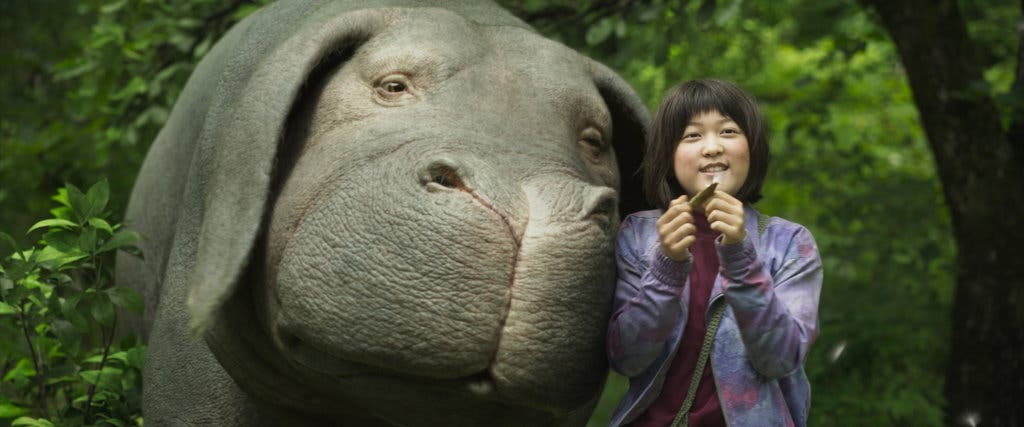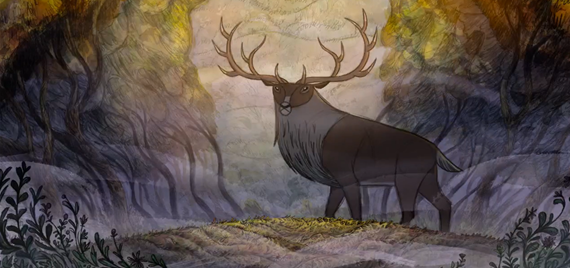Tag: HAR: Hunting/Trapping
-
The One and Only Ivan. Dir. Thea Sharrock. Walt Disney Studios Motion Pictures. 2020.
As the name of the film suggests, The One and Only Ivan showcases the individuality of animals and their much-like human personas, highlighting the injustice of their captivity. Standing out from Disney’s animated catalogue, the use of CGI (computer-generated) animals encourages the audience to interpret the unexaggerated personality of the animal protagonist by presenting them…
-
Snatch. Dir. Guy Ritchie. Columbia Pictures. 2000.
– “Okay, I reckon the hare gets fucked” – “What? Proper fucked?” In Guy Ritchie’s comedic crime thriller Snatch, he uses this hare coursing scene to draw parallels between the animality of the dogs and the gangsters, whilst also simultaneously using the mise-en-scene to create a contrast between the agility of animals alongside the clumsiness…
-
Jojo Rabbit. Dir. Taika Waititi. Fox Searchlight Pictures. 2019.
Taika Waititi’s Jojo Rabbit embodies the toxicity of hegemonic masculinity in Nazi Germany, utilising the rabbit ‘as a material and symbolic resource.’[1]. Waititi’s decision to navigate the film through the eyes of ten-year-old Jojo is significant, as Jojo’s own conflicted sense of masculinity is underscored through the rabbit as a symbol of gender, as his…

